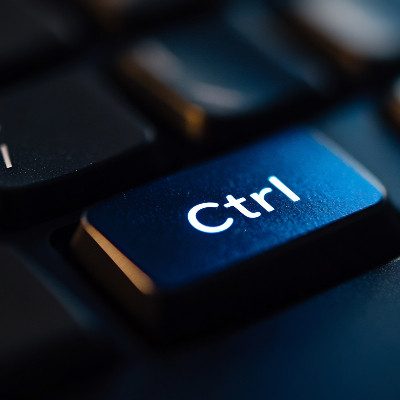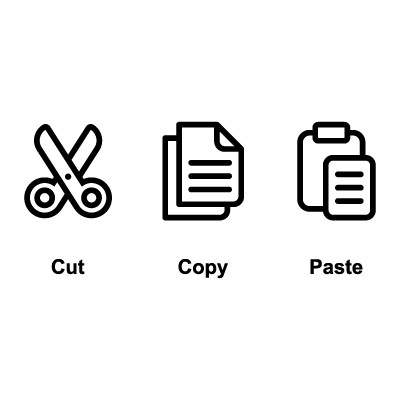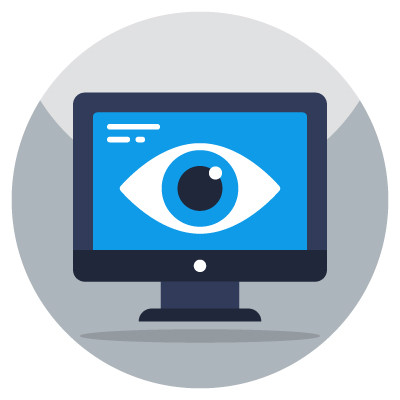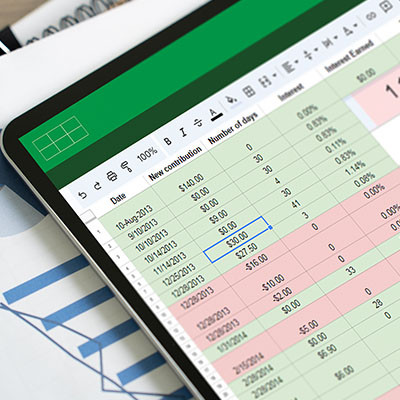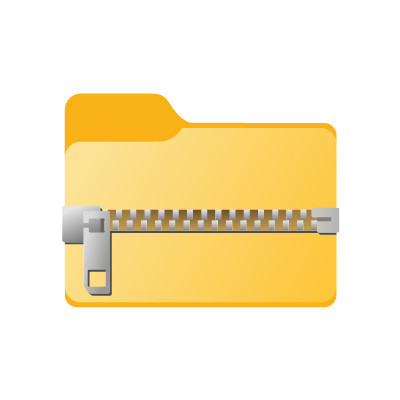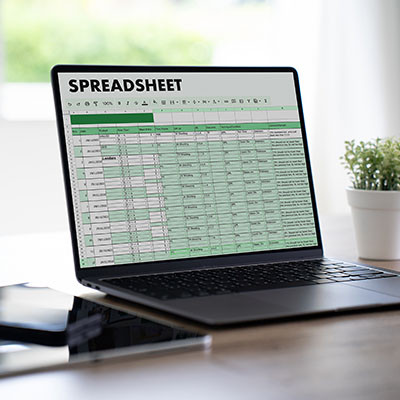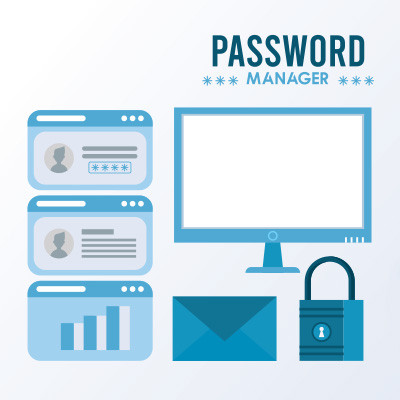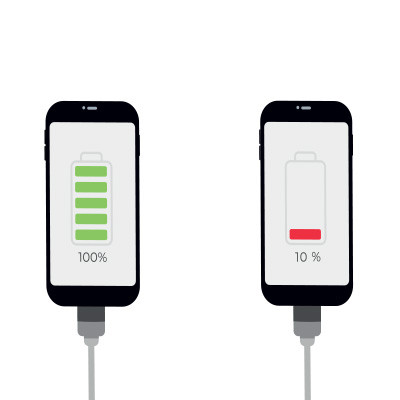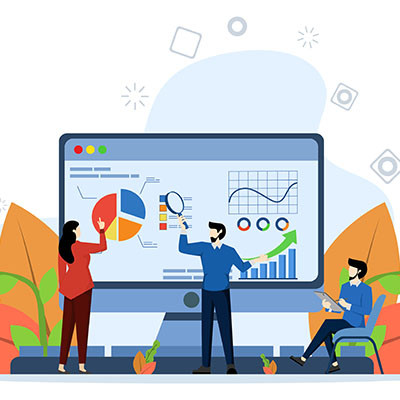Master Solutions Blog
We can probably all agree that there’s a big difference between “staying busy” and “looking busy,” and that the first option is generally the better one in the workplace. The big difference is how productive you actually are.
Let’s go over some simple-to-implement ways you can help your team boost their productivity without even thinking about it.
You probably have to rewrite the same messages day in and day out for internal reporting and client interactions, and it probably takes up a ton of time that would be better spent elsewhere. Furthermore, you’re probably copying and pasting, which can lead to errors and oversights that you could live without. If you’re doing this for email, then you should be leveraging templates to keep your messages consistently top-quality. Let’s go over how to set them up.
Presentation anxiety is very real and can present itself in various ways, from dry mouth to sweaty palms to a sudden loss for words. It’s a legitimate phobia that people have, which makes it all the more helpful that modern presentation tools offer a feature to help mitigate its impact: Presenter View.
Let’s talk about how to put Presenter View to use in either Microsoft PowerPoint or Google Slides.
The Ctrl + F keyboard shortcut is incredibly useful, especially when you need to find specific text on a page… but did you know it is capable of so much more than that? Today, we want to go over some specific use cases for this keyboard shortcut and how you can use them in Google Docs and Microsoft Word.
Keyboard shortcuts are an underrated way to be more productive throughout your workday. Today, we want to highlight some excellent shortcuts that will help you make the most out of everyone’s favorite video platform, YouTube.
Technology can do some incredible things, but there’s a reason why basic tools still remain popular even to this day. It’s because they cracked the code for productivity, and they are so easy that anyone can use them. For example, there’s the Cut, Copy, and Paste commands that can be used in literally any application out there.
A business with workers who stay productive is usually a successful one. There are tons of tips out there on how to stay productive, but one that often gets overlooked is patience. This month, we're focusing on how patience can actually boost productivity.
If you think about it, having more knowledge about most things is inherently better than having less knowledge about it. In business computing, knowing how your business’ computing infrastructure and network is functioning, having the tools to remediate problems should they occur, and getting out ahead of potentially devastating problems could be the difference between a well-oiled machine and frustration and downtime. For this month’s tip, we thought we would give you everything you need to know about effectively monitoring your business’ IT.
Handling time calculations in a spreadsheet can often feel frustrating—especially when you’re just trying to add them up. Luckily, both Microsoft Excel and Google Sheets have built-in functions specifically designed for this purpose, making the process more manageable.
Here’s a quick guide to help you get started, no matter which spreadsheet program you use.
Sometimes, you might see a folder on your desktop that has a zipper on the icon. These are ZIP files, useful for certain purposes. Today, we want to show you how to effectively use a ZIP file for its intended purpose.
Microsoft Excel is a handy tool to help businesses keep their data organized… provided it has been used accurately and to its full potential. However, it isn’t uncommon for some people to cram all the information of a record into a single cell and limit the value that Excel has to offer. Once this goes on long enough, it can feel like there’s no fixing it.
Let’s go over how you can, in fact, fix it.
It doesn’t matter who you are; your age, your occupation, your employment status, your station in life—you need to make 2024 the year you get your cybersecurity hygiene in check. What we’re going to talk about today isn’t overkill, overly complicated, or expensive. This isn’t us trying to sell you on something. In fact, this is probably the easiest New Year's Resolution you can give yourself.
First, let me start with a really quick story.
We've all experienced the frustration of a drained smartphone battery, and if not, you've likely become accustomed to constantly carrying a charger. But what exactly leads to the rapid depletion of a smartphone's battery?
With network security being more important than ever for businesses of all types and trades, it’s important that you make it a priority. Thankfully, there are certain simple ways you can pull this off, even if you’re not a technology expert. Here are some of the network security basics that will cover a lot of ground for your business.
Google Docs is a wonderful tool that can rival the ubiquitous Microsoft Word, and as such, it’s used by all kinds of individuals, from business professionals to the average user with a personal account. However, there is one slight annoyance that you might face while using Docs, and that’s the fact that you cannot right-click on images and save them to your PC. Or can you? Let’s find out.
With Microsoft Excel, you can use visuals to represent your data, providing greater context for the contents of your spreadsheets and making it easier to communicate what it all means. This week’s tip focuses on People Graphs, a feature that can be powerful when used appropriately.
When your smartphone battery dies, you’re left feeling inconvenienced and, likely, pretty annoyed. Unless you’re carrying your charger on you at all times, you’ll need to find a solution to your battery charge issues. The solution, like with many other technological issues, is to be proactive and take action to keep your battery from dying in the first place. That’s what we’re here to discuss today.




